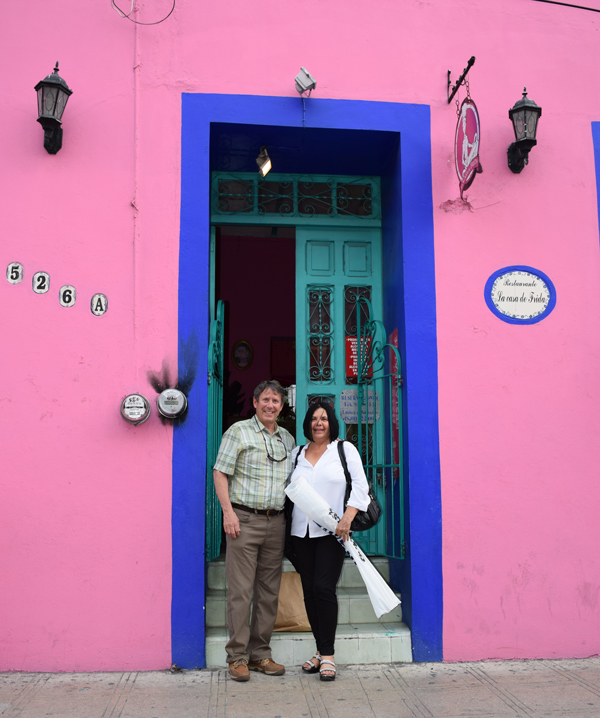
20 Apr Pryor Engagement: LightHawk Travelogue, Continued
Telluride local John Pryor is executive director of LightHawk, the nonprofit dedicated to accelerating conservation success through the powerful perspective of flight. Since his tenure with the company is relatively short – he Joined LightHawk just a year ago– John went on a very exciting expedition to Central America and Mexico, using the trip as a way to deepen his understanding of LightHawk’s work in the region and to deepen relationships with partners and donors.
LightHawk has partnered with Ninas Y Crias for over a decade bringing flight to their flamingo conservation program.
This is the second update from the Rockies to Reef Expedition with John Pryor and Mesoamerica Program Manager Armando Ubeda.
After a smooth flight from Sarasota Florida, John and Armando landed in Merída, Mexíco with plans to visit with a few of LightHawk’s conservation partners.
After tucking the airplane in for the night at the airport, Armando and I caught a ride into the city of Merída to drop our bags at the hotel before dinner.
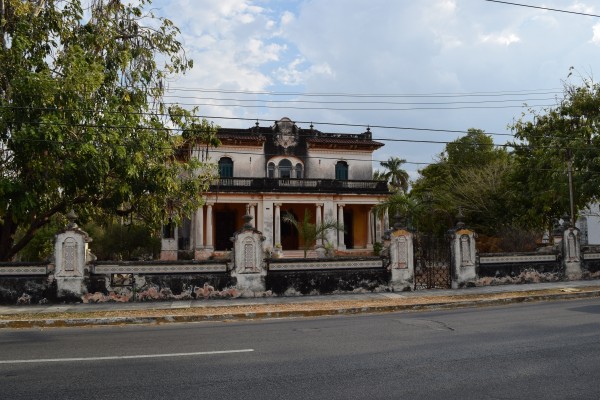
Merida, the capital of the Yucatan state, is a modern city with colonial influences. image: Armando Ubeda/LightHawk
Merida, the capital of the Yucatan state, is a modern city with colonial influences. image: Armando Ubeda/LightHawk
I had been looking forward to meeting the director of Niños y Crías, A.S. Rodrigo Migoya and his colleague Dr. Xiomara Galvez ever since reading the April 2013 AOPA Pilot magazine article “Finding Flamingos“. LightHawk has supported their flamingo conservation program for many years.
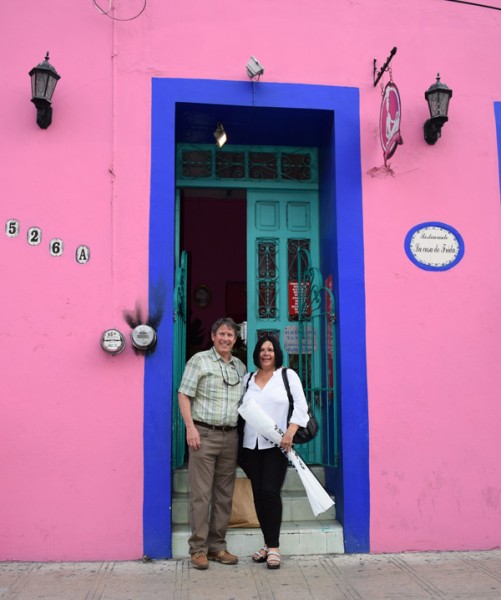
John Pryor and Dr. Xiomara Galvez about to enter the “giants’ door” at Casa de Frida in Merida. image: Armando Ubeda/LightHawk
After a lovely dinner and warm conversation, Xiomara and Rodrigo gave us a poster that they presented at an international flamingo meeting. The poster focused on the results of a 10-year study that used the aerial perspective to monitor and understand the flamingo population in the Yucatan Peninsula. They then presented us with an award recognizing LightHawk’s contribution to their longterm flamingo conservation program. This was a wonderful surprise and capped a really delightful evening.
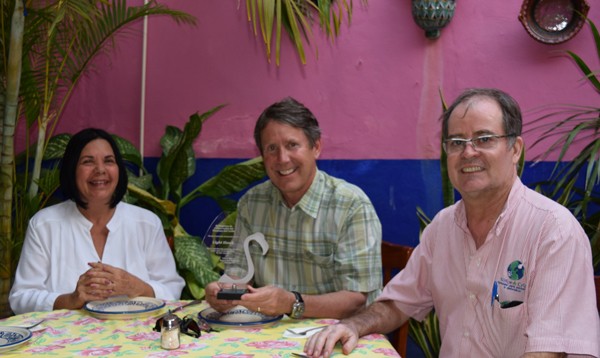
Xiomara, John (with the award presented by Ninos Y Crias) and Rodrigo. image: Armando Ubeda/LightHawk
Bright and early on Tuesday morning we met with María Andrade, executive director of Pronatura Yucatan, and her team. María explained that Pronatura takes a regional approach to conservation in the Yucatan Peninsula, and that all of their projects focus on connectivity, community participation, and maintaining biodiversity. They strongly believe in partnerships and collaborations, and working with LightHawk has been critical to the success of all their programs.
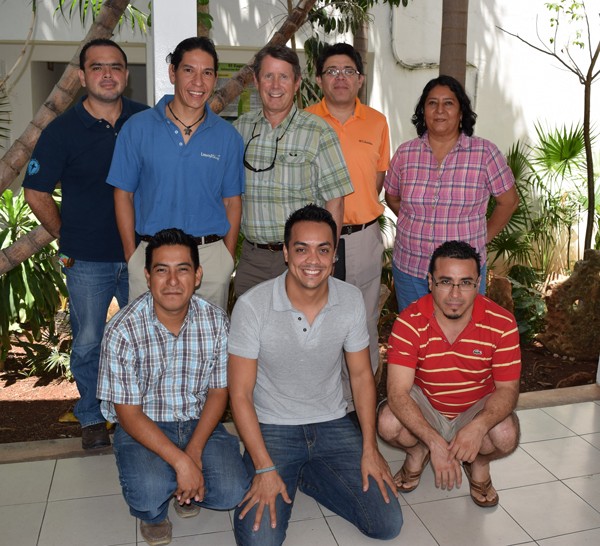
Conservation partners Pronatura Yucatan including executive director Maria Andrade (right) met with John and Armando.
Maria and her team gave a wonderful presentation on how their partnership with LightHawk has benefited their work in assessing and monitoring the Yucatan Peninsula.
LightHawk flights helped efficiently collect data on changes in the landscape, promoting informed decision-making regarding fire prevention by mapping areas at risk, as well as monitoring forest fires. With our help, they are also able to keep a close eye on important areas that maintain vegetative connectivity within the region and identify critical areas for conservation.
I was delighted to learn that LightHawk also supports Pronatura Yucatan’s sea turtle conservation program. Of the seven species of sea turtles in the world, six of them are present in the Yucatan Peninsula. Our flights have helped to assess and monitor nesting beaches, estimate number of sea turtles in coastal waters and locate congregations of sea turtles in particular areas along the Yucatan coastline.
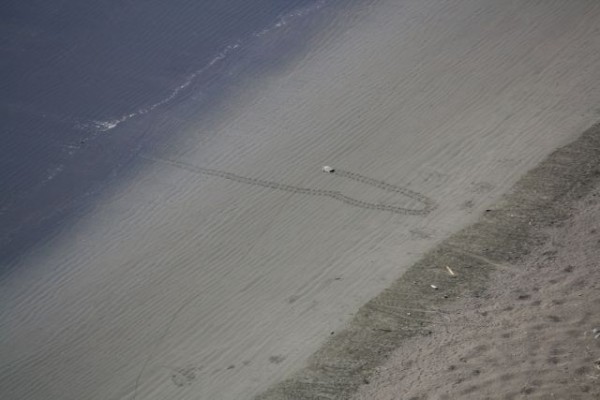
Flights reveal turtle nesting activity like this Olive Ridley on a Costa Rican beach returning to the ocean. image: Nathan Robinson/LightHawk
Pronatura has relied on flights to help locate aggregations and count whale sharks and rays, as well as monitor the tourist boats following these species. We learned that they would like to expand their aerial monitoring to other areas of the Peninsula.
Maria’s colleagues explained that LightHawk helped locate and assess a property they hoped could become a private nature reserve. In 2002, their dream became a reality and El Zapotal now preserves critical habitats for about 231 species of bird, jaguars, and other species. Today, LightHawk continues to support the mission of El Zapotal by providing flights that monitor and promote this special conservation area.
What’s next for LightHawk in the Yucatan? Working with a host of organizations including Pronatura and The Nature Conservancy – Merida, Yucatan, LightHawk will play a big role in obtaining current information and data to produce maps and help with analysis for a project called Observatorio de la Selva Maya. TNC and Pronatura Yucatan, along with many other partners, will produce an online resource featuring maps, images, data, and more which will be available to the general public and intended to promote dialogue and action to preserve and restore forest.
Armando and I had a productive and energizing visit to Mexico. We’re on to Belize, stay tuned!
More about LightHawk:
LightHawk’s mission is to accelerate conservation success through the powerful perspective of flight.
We achieve our mission by mobilizing volunteer pilots, photographers, environmental experts, and storytellers to make images, collect data, inform the public and share their experiences. Our flight campaigns foster dialogue and build consensus, promote informed decision-making, and increase the efficiency and effectiveness of our conservation partners’ work.
LightHawk brings coordinated flight campaigns to those working on the ground. We do this through our network of generous supporters and highly skilled volunteer pilots. By making flights available to those working on the ground to protect our natural world, we enable our partners in conservation to quickly and efficiently understand environmental issues and determine the factors needed to promote effective solutions.
More About John Pryor:
John brings his experience with nonprofits, entrepreneurship, business management, venture capital investment, and politics to LightHawk where he began as executive director in April 2014. He spent 15 years working with Telluride Venture Partners, an early stage investment group and also worked for Anixter, a large international telecommunications equipment supply company. John holds a degree in environmental conservation from the University of Colorado and has been an active land conservationist as a board member of Colorado’s Nature Conservancy. A highlight of his TNC experience included living in Argentina for a year where he worked to help establish their new office. John is also a councilor at Manomet Center for Conservation Science near Plymouth, MA. He learned to fly in Telluride, CO, earned an instrument rating, and now flies a Cirrus SR22T. As mayor of Telluride for four years, he had great success in saving Telluride’s Valley Floor by raising a significant amount of public and private funds. John is a cyclist, skier, sailor and also enjoys bee keeping.


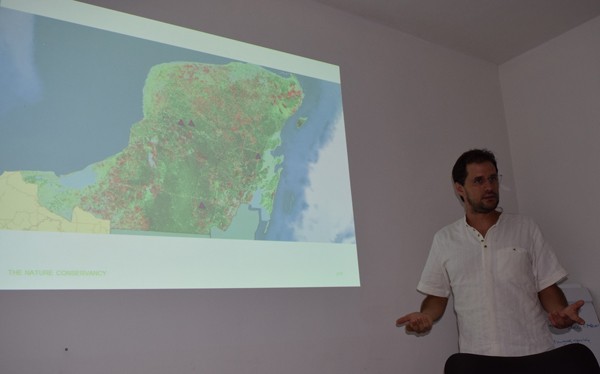
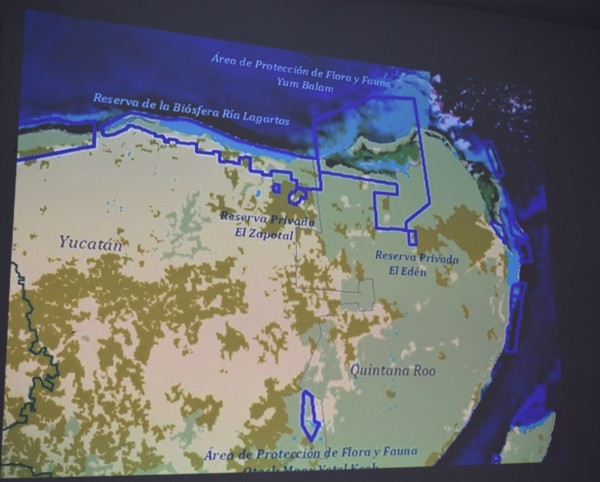
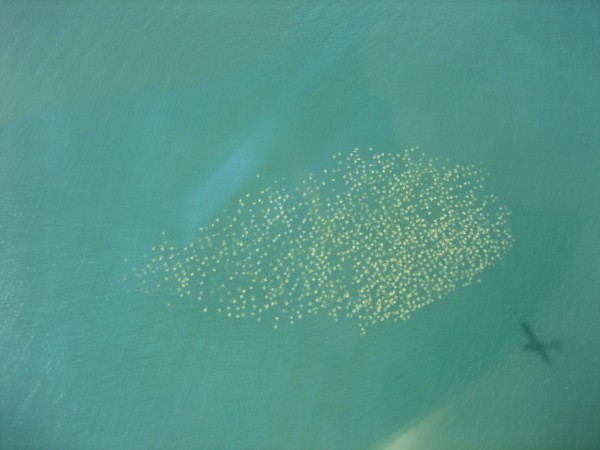
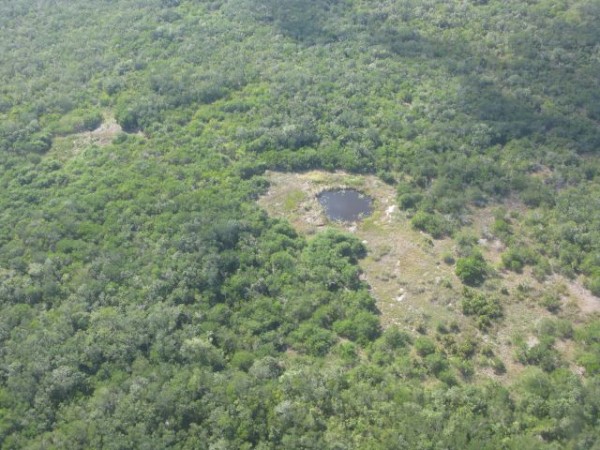
Sorry, the comment form is closed at this time.